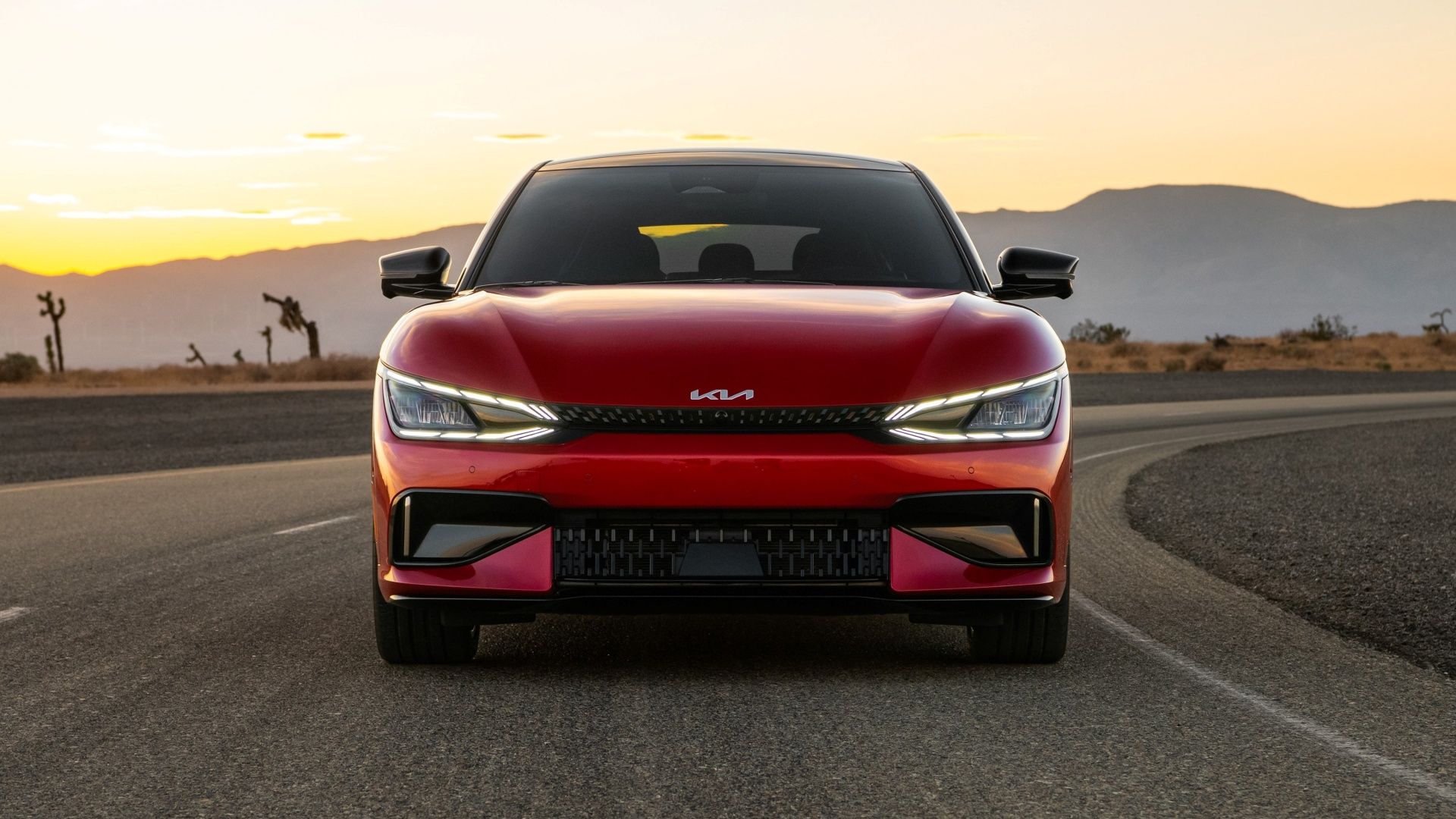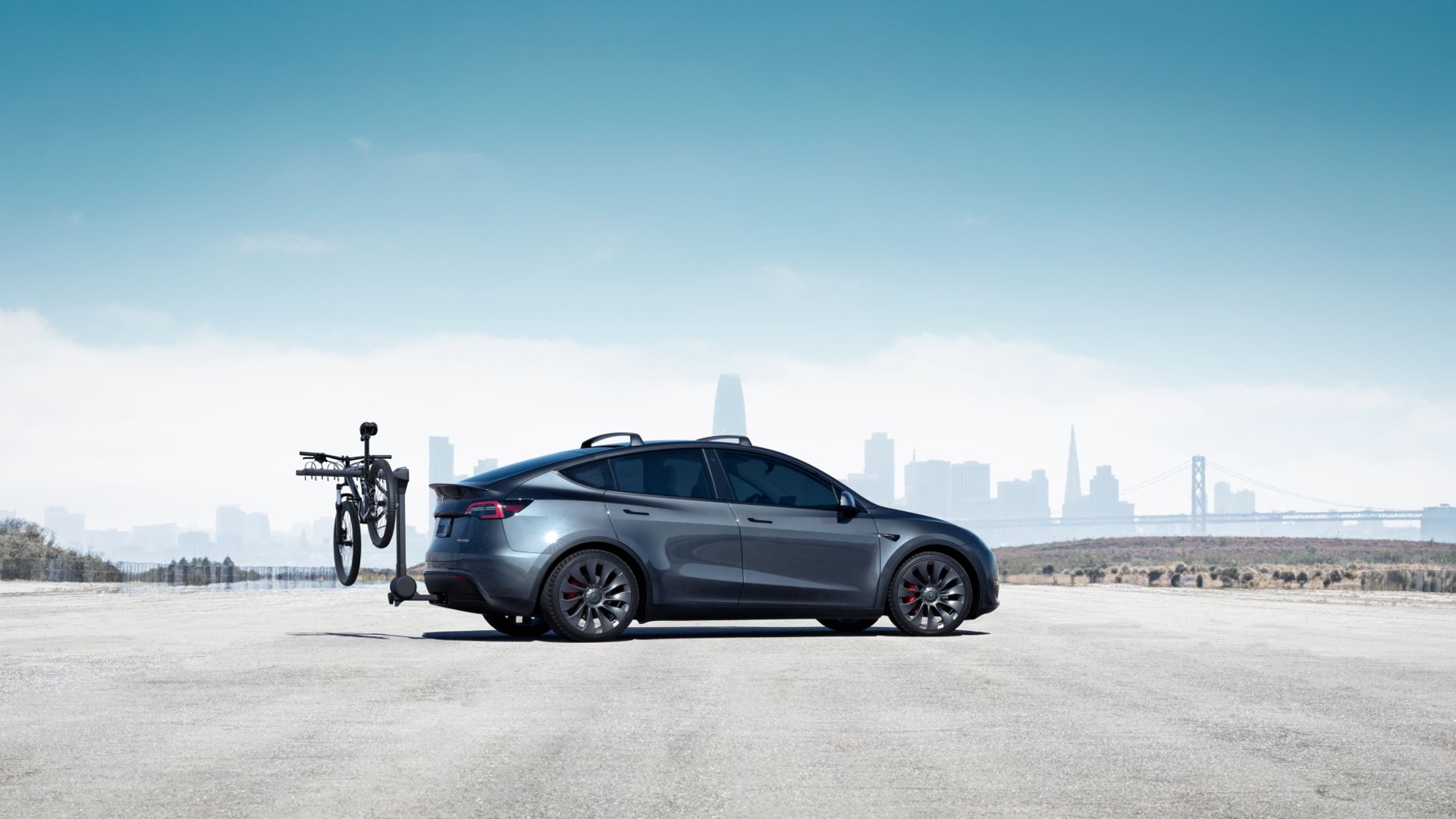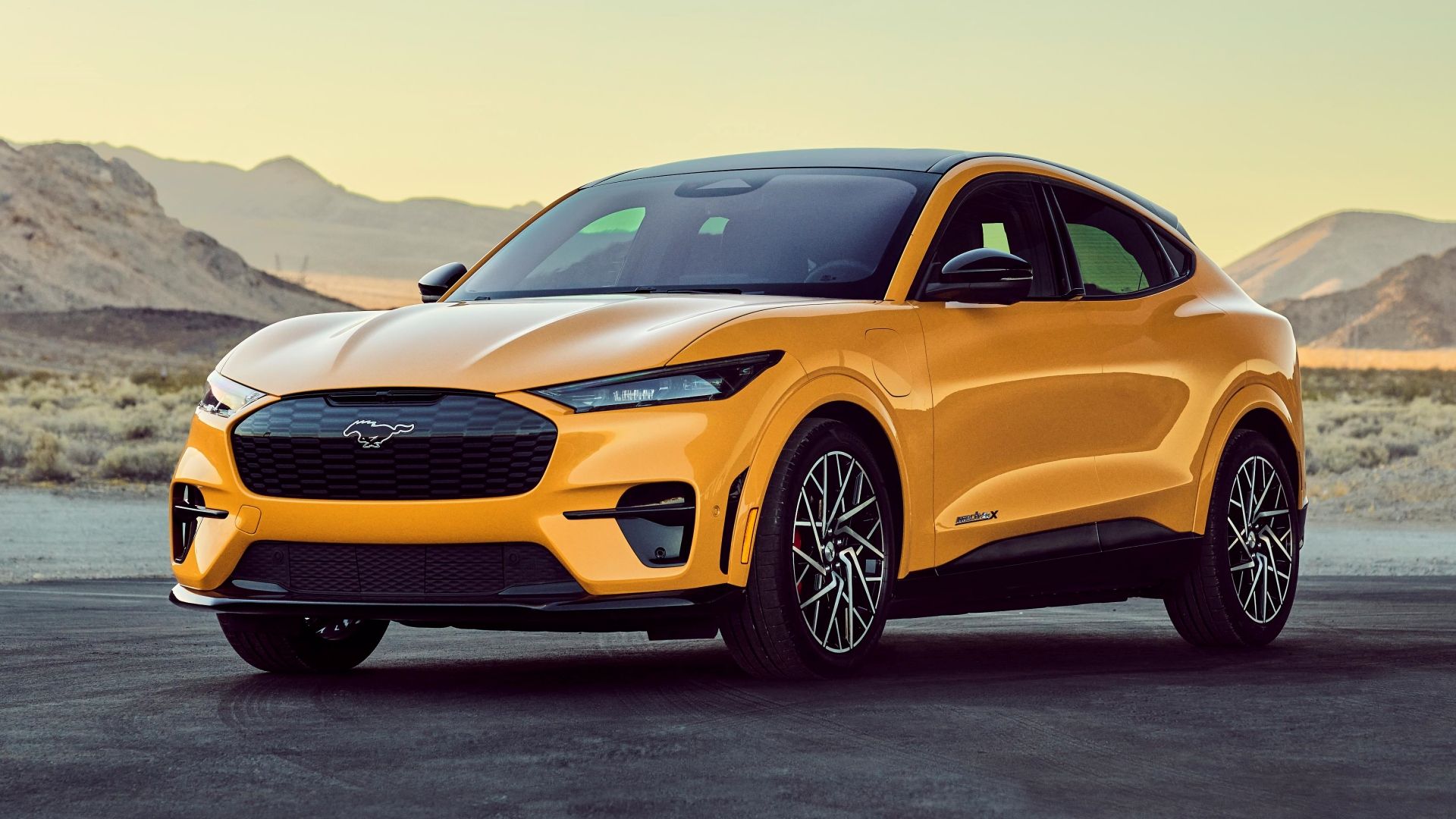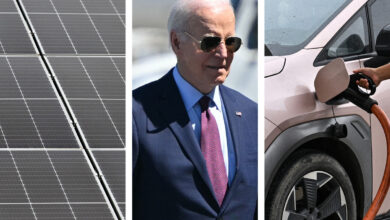How Slow Sales Are Triggering Huge Discounts On Electric Vehicles
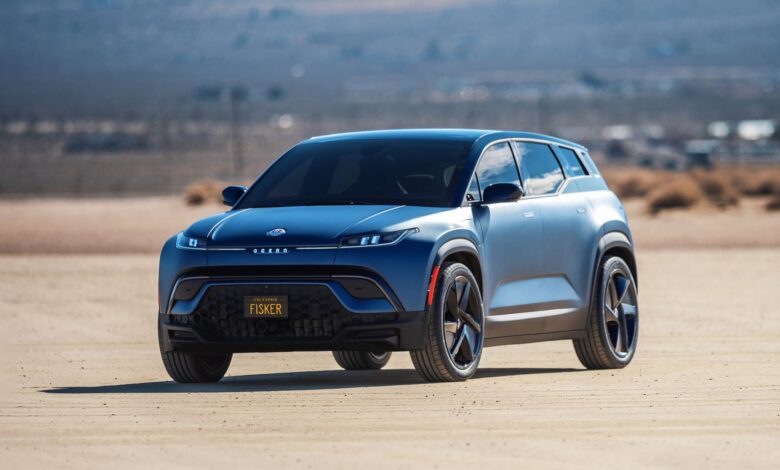
Electric cars, trucks, and SUVs have become a major part of the larger auto market in recent years. Even 10 years ago, we didn’t have a third as many options for electric models as we do now, and the inventory has continued to pile up ever since. What many people have realized is that with fluctuating fuel costs and instability on a global scale, EVs and hybrids have seen major investment from large companies and politicians.
Green energy is always on the table, too, although most shoppers make decisions that benefit their budget over all else. That’s why we saw a boom in EV development and sales from 2020 to the present, although these figures have stalled and even fallen. Times are tough, we’re all feeling it. One of the first industries that ALWAYS gets hit during an economic downturn is the auto industry.
If you can’t afford food, bills, gas, etc., there’s no way you’re heading to a dealership and buying a $30,000, $40,000, or $50,000+ electric nameplate. Uh uh. As this trend has grown (mainly in 2023 and now), auto manufacturers are slashing EV prices across the table. One of the most extreme we saw recently was Fisker cutting its Ocean SUV from a base price of $38,999 to $24,999. Tesla has also dabbled in discounts, as has Ford, Chevy, Kia, and Hyundai. Every major player is doing it. Let this article be an explanation for the current EV market, and get you a good deal on electric vehicles you may be eyeing for 2024 and 2025.
In order to give you the most up-to-date and accurate information possible, the data used to compile this article was sourced from Fisker, Tesla, and other authoritative sources, including CarEdge, Kelley Blue Book, and the EPA.
The Most Reliable Electric Cars According To Consumer Reports
There are a lot of EVs out there today, and here are the 10 most reliable ones you can buy.
Lackluster EV Sales Are Reshaping The Market
If you have recently browsed dealer sites or went into physical lots to check out EVs, you have likely been met with decent promotions across the board. With the current auto market facing lackluster sales across ICE, EV, and BEV nameplates, there is an increased push to attract new buyers to make large vehicle purchases.
Of course, the electric industry has seen this much more than traditional gas models have. We believe this is true because them being new to most drivers, making EV configurations more of a risk in an even riskier time economically. That said, with this resentment and pullback from many drivers near and far, automakers have been slashing prices on EVs, PHEVs, and even standard hybrids.
This is not great for them, but it can be a great opportunity for you, the buyer. It’s a lot like real estate. When the market shifts in the seller’s direction (automaker), they can price gauge. In contrast, when the needle moves to the buyer’s favor (you), that’s when big discounts and stronger negotiating power sets in.
Would Anyone Like A Discount?
In addition to rising production costs, weak engagement from drivers, and a generally bad time for most people financially, discounts have never been so sweet on EVs. Brands like Ford, Tesla, Fisker, and countless others have aimed to soften the market with deals on electric nameplates, including Model 3, Model Y, Mach-E, Ocean, and so on. If you’ve ever wanted to get a great deal on a popular electric nameplate, 2024 is the best time to try.
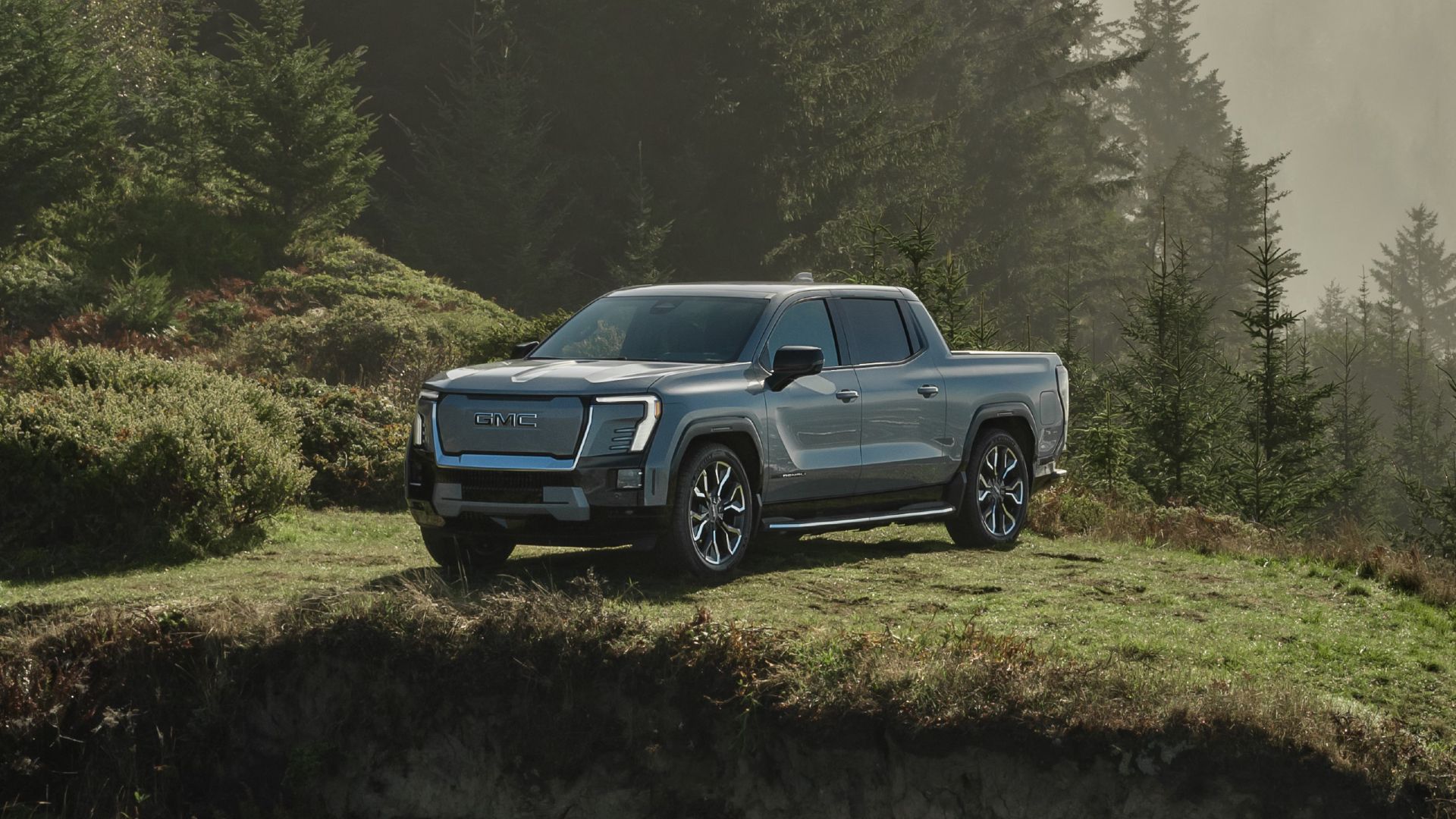
With 440 Miles Of Range, The GMC Sierra EV Has Finally Arrived
The Sierra EV Edition 1 offers all the tricks and treasures the new pickup has to offer, including an improved range and lower price.
Power To The People, Literally
Adding to our earlier sentiment, the EV market kind of sucks right now. There is so much inventory that manufacturers cannot get rid of, they are doing whatever possible to move it. You may notice a few thousand dollars chopped off the MSRP of your 2024 Tesla model, which, to the buyer, is amazing news. Discounts on cars, trucks, and SUVs are not always frequent, so when they come: enjoy them.
Data from Kelley Blue Book reveals that in the first quarter of the year, EVs accounted for only 7.3-percent of all new car sales in the United States, a decline from the previous quarter’s 8.1-percent. This marks the first time since 2020 that EV sales have dropped from one quarter to the next. Again, this isn’t doomsday for electric cars, but it’s not great news either.
In the first quarter of 2024, Americans bought 268,909 new electric vehicles, a slight drop from previous years. KBB has also reported that Tesla’s market share has fallen, indicating its reign over the EV industry may be slowly fading.
Rocky Waters Ahead
You’d think that the outlook for the rest of 2024 and leading into 2025 would be a bit better. Wrong. As of now, we’re not looking at much improvement across the auto market, with the EV side taking a bigger hit. There are more people interested in electric design and driving, although much of them opt for a PHEV, that still utilizes gas alongside charging.
Hybrids are one segment of the industry we see growing at a steady pace, with Toyota and Honda being especially successful. Not everybody can do it all, but if you’re a brand like Tesla, Rivian, Fisker, etc., where electric is ALL you do, there may be some buckling down to do.
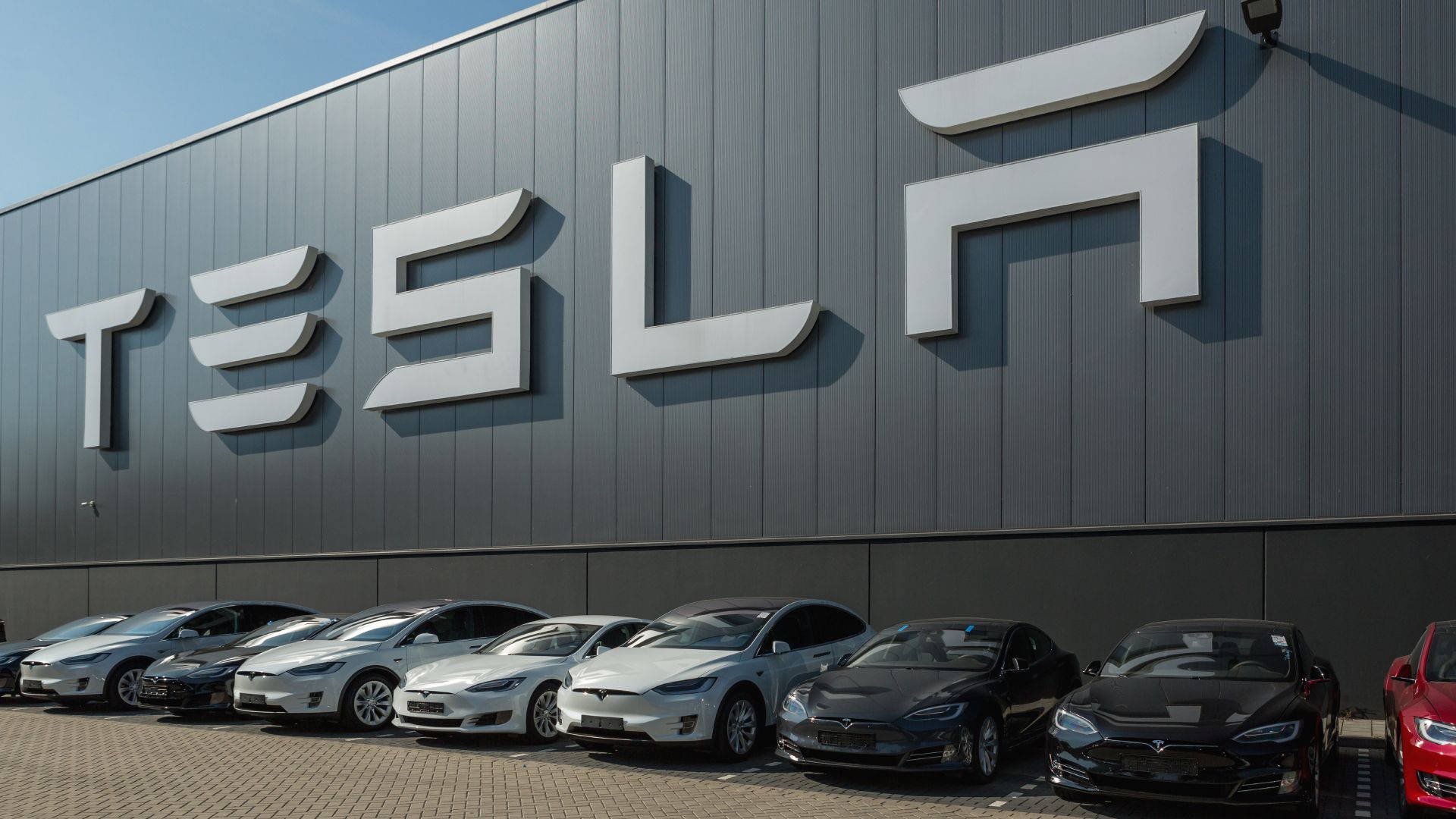
Here’s How Much The Tesla Model S, X, and 3 Depreciate After 5 Years
Tesla’s charm fades in the latest iSeeCars study, highlighting higher depreciation. Pandemic and EV nuances add complexity to vehicle value dynamics.
Until EVs Are Cheaper, They Aren’t Going To Recover
One of the ever-annoying parts of the EV vs. ICE battle is the price. With gas cars, you have cheaper MSRPs on average. In 2024, your average ICE car, truck, or SUV costs around $44,052, while an EV is estimated to start closer to $55,353. This becomes a problem for EV manufacturers, especially those targeting already weary shoppers.
Electric and semi-electric models are too expensive for a volatile market like the one we’re witnessing unravel globally. If, on average, new EVs cost $10,000 more than ICE’s, people are undoubtedly going to choose the cheaper gas nameplate. Even if that means fighting for cheaper fuel at their local Sam’s Club or Costco.
Battery Prices Will Fall: Will It Be Too Late Though?
A positive outlook we will share regarding EVs and their batteries is that compared to 2008, current production costs for this technology are 90 percent less. Yes, NINETY PERCENT. Your average battery for a normal-sized electric car is $6,500 to $20,000 and is expected to continue decreasing into 2030. However, does this mean auto manufacturers will lower their MSRPs? We don’t know.
Sometimes, this saved production cost translates to them believing we won’t realize we’re overpaying, resulting in wealthy CEOs and higher profit margins. All at the expense of who? The average EV driver. A huge part of the public’s response to price gouging has been to simply boycott brands and services, which will likely happen at the current rate of auto prices. We’ll all just hang tight and drive whatever it is we already have.
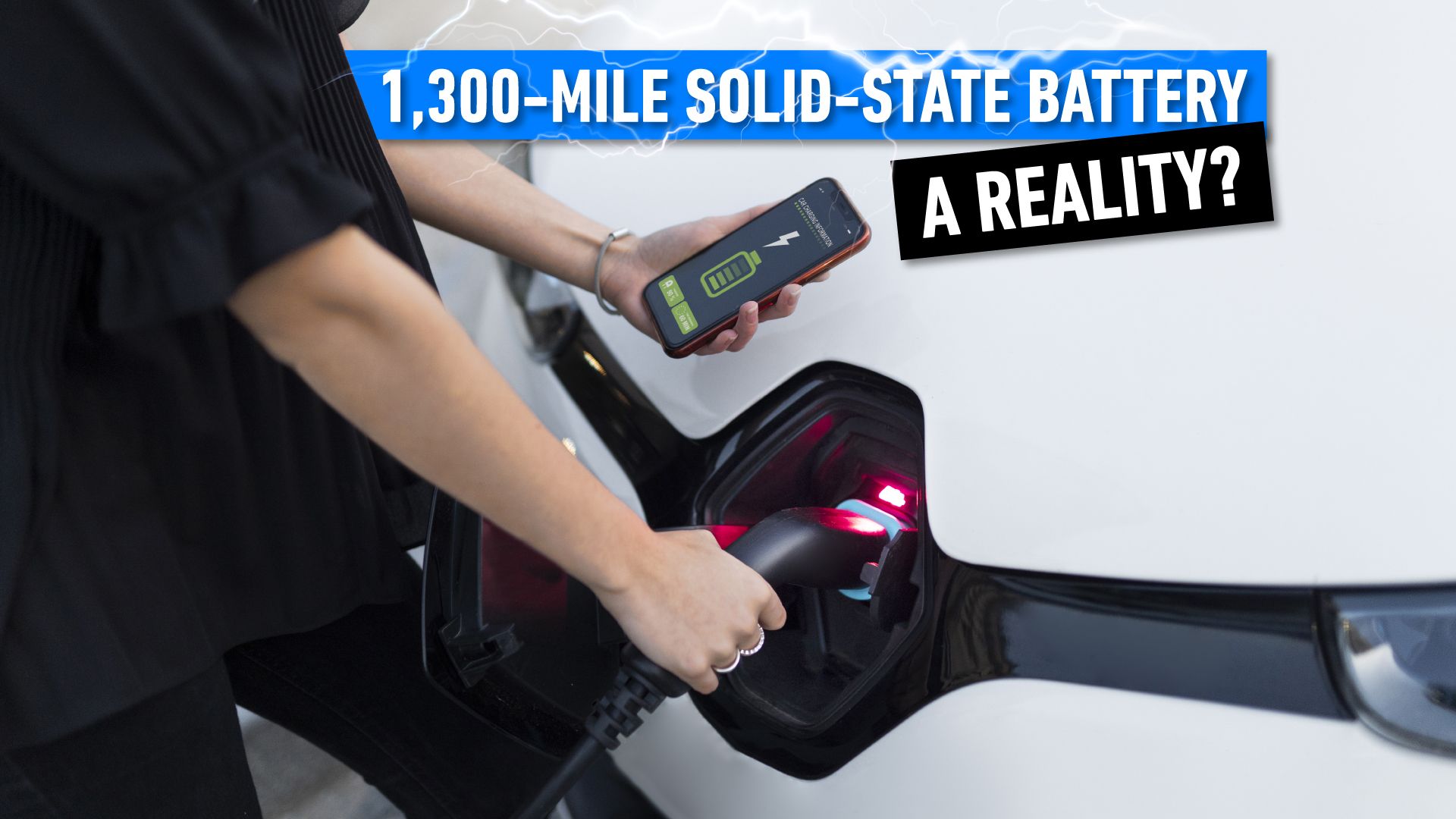
A 1,300-mile Solid-state Battery Could Become A Reality
Talent New Energy, a relative newcomer to the EV battery industry, has promised a solid-state battery that could outdo the rest of the EV industry.
Get A Discount Now While You Can
Whatever your feeling about electric cars or their respective price points, there has never been a better time to buy or lease one. With manufacturers like Fisker cutting prices by tens of thousands of dollars and Tesla and Ford dropping MSRPs by over $1,000, $2,000, or even $3,000, you have more buying power in 2024 than before.
There also isn’t a need to necessarily put down a ton of money and buy an EV when lease deals are happening too. Tesla recently announced that lease payments for a Model 3 can get as low as $299 per month, making it one of the more cost-friendly options on the market.
There’s a push to get new faces into dealerships and showrooms, and it’s up to you to either play the game or ignore it altogether. Whatever the case, don’t be afraid to negotiate a bigger discount, because we know they need sale. Good luck.
